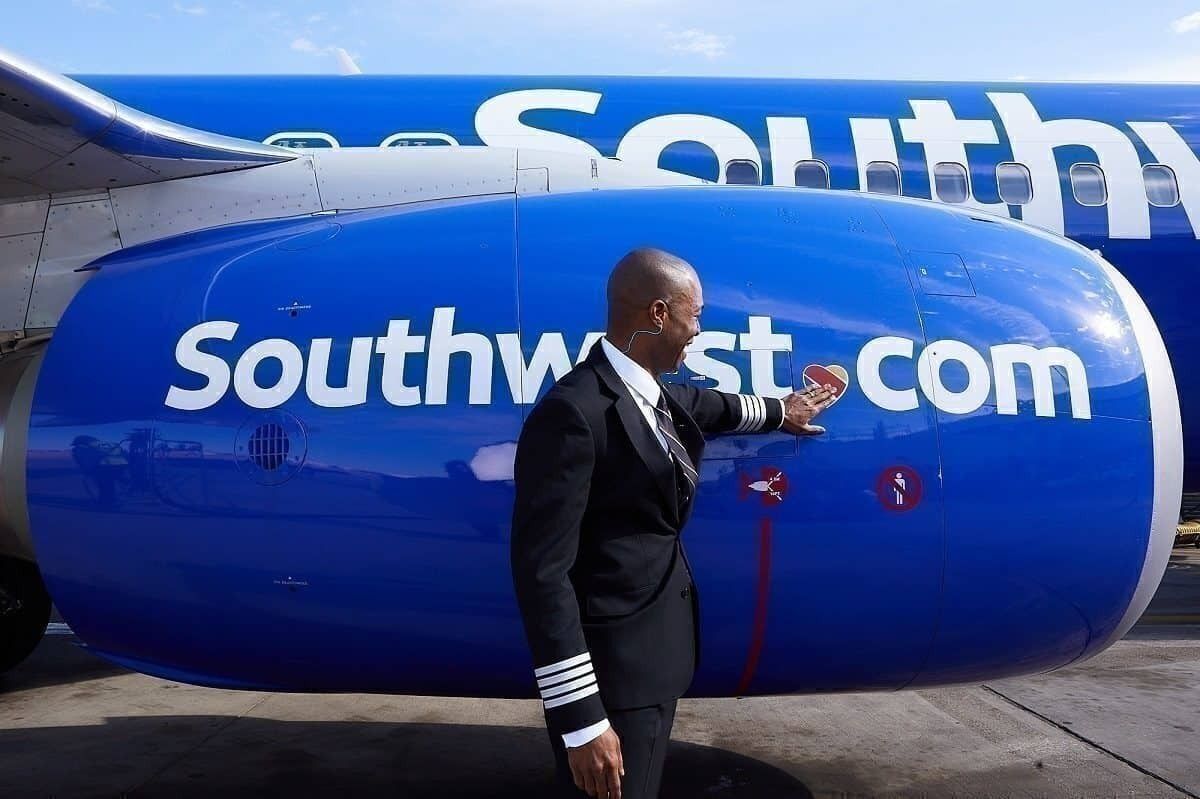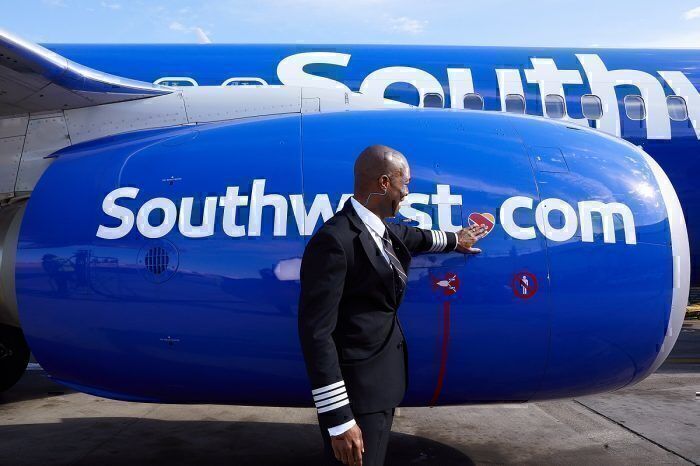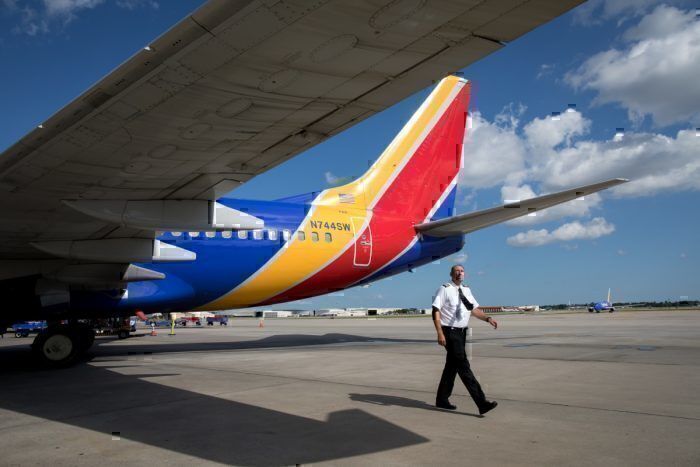In a recent memo to Southwest employees, Southwest's senior director of base operations Mike Sims mentions that a different passenger boarding and deplaning process is something the low-cost carrier “would like to further explore.” This is according to a memo obtained by the Chicago Business Journal. Currently, the airline has a unique policy of not having reserved seating - could this change?
No reserved seating
"At Southwest®, we let you sit where you like. We don’t assign seats on our flights, so feel free to sit in any available seat once you board the plane."
Southwest doesn't have reserved seating. Rather, it has a first-come, first-served open seating policy that is divided into groups A, B, and C. The outcome of this unique process is that passengers are incentivized to show up to the gate to queue early in order to get their preferred seats. Showing up early means faster boarding. Faster boarding leads to faster turnaround time and more profitability.
The goal of the study: (even) faster turnaround
The Chicago Business Journal quotes Sims in his memo as saying the following:
“The goal of this study is to identify areas we can gain efficiencies when passenger board and deplane our aircraft.”
Anytime a plane is on the ground is time it's not making money. Currently, the average turnaround time for a Southwest plane is 42 minutes. This is the time between arriving at the gate to offload passengers and pushing back from the gate with new passengers. This is a significant increase from the 25 minutes it was famously known for in earlier times. Since then, aircraft have gotten larger, therefore having more passengers to load.
So what could be done differently to lower turnaround times?
Assigned seating on Southwest?
Assigned seating - if done correctly - could theoretically speed up boarding times. However, there are numerous factors to consider. The above video is a fantastic look into how the aircraft boarding process could be even faster and compares the various methods being used currently. Did you know boarding passengers randomly is actually faster than boarding back to front?
According to the video, the theoretical fastest boarding time is the "Steffen Perfect" where passengers board in an exact order: back to front, in alternating rows, on alternating sides, from the windows inward. However, the precision of this method doesn't take in to account the chaos of real-world travel where passengers come in pairs and groups and some show up late to the gate. Would this method ever be adopted? Not likely.
Conclusion
It's difficult to say if Southwest would ever abandon its open-seating policy. The method is certainly beneficial to speedy boarding and other methods using assigned seating would likely be slower and more complex.
For the travelers and readers who have flown on Southwest before, what do you think of their current method of boarding? Would you prefer something different? Let us know by leaving a comment!



